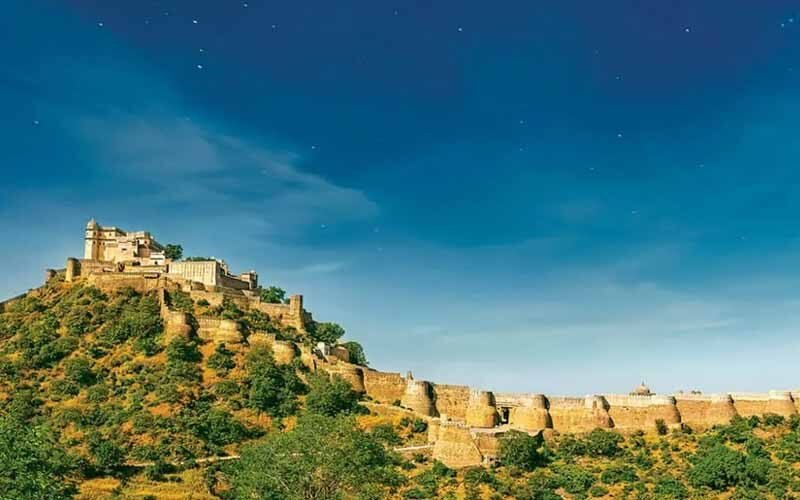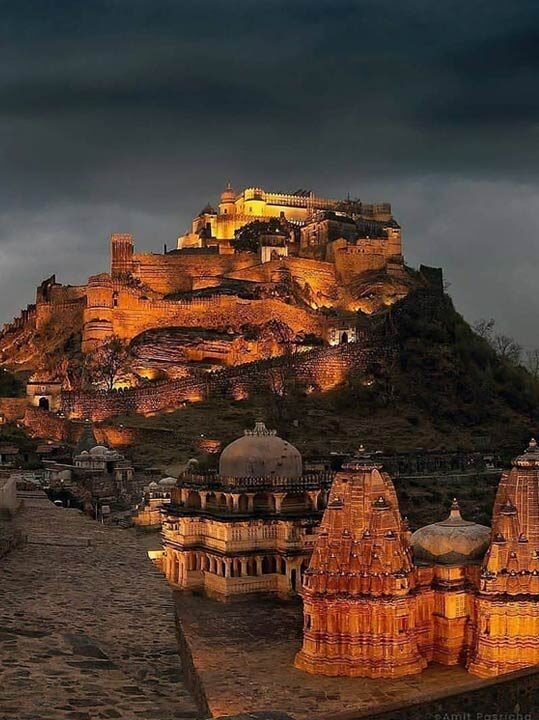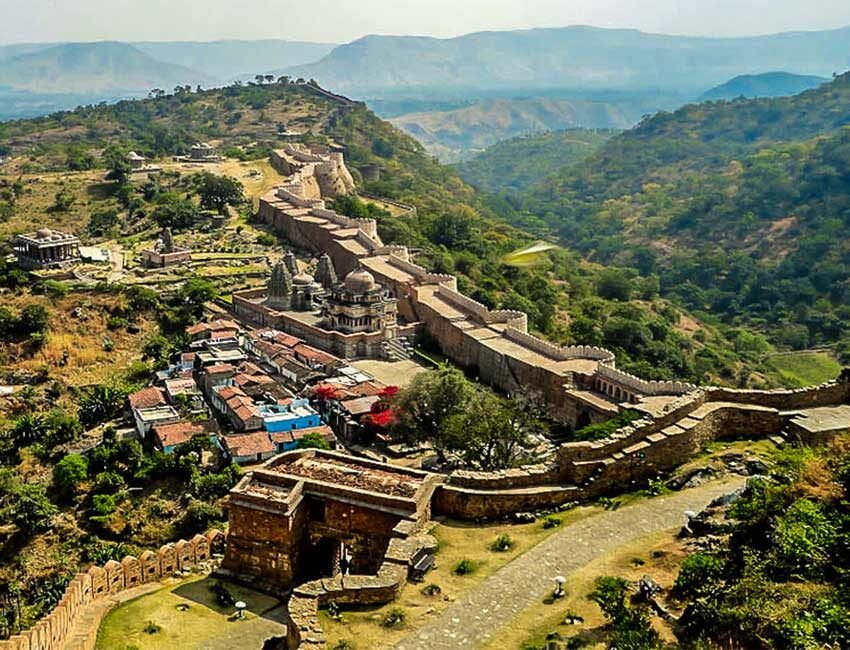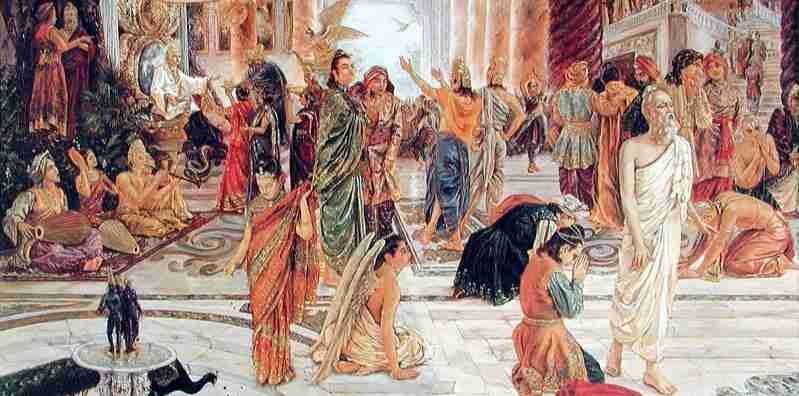
Kumbhalgarh Fort, a majestic fortress nestled in the Aravalli Hills of Rajasthan, is one of India’s most formidable and iconic forts. Known for its stunning architecture, historical significance, and strategic importance, Kumbhalgarh has stood the test of time. Let’s delve into its rich history, construction, unique features, and the wars it witnessed.
1. Historical Background
Kumbhalgarh Fort was built in the 15th century by Maharana Kumbha, a ruler of the Mewar Kingdom in Rajasthan. The fort was designed to safeguard the kingdom from invasions and served as a stronghold during political upheavals. However, the origins of the fort’s site date back even earlier, with the original structure believed to have been built during the Maurya Empire in the 2nd century BCE. It was Maharana Kumbha who rebuilt and expanded the fort, giving it its present grandeur.
One of the most significant historical events linked to Kumbhalgarh is that it was the birthplace of Maharana Pratap, the legendary warrior king of Mewar who fiercely resisted the Mughal Empire. Over centuries, the fort became a symbol of Rajput pride and resistance.

2. Architecture and Construction
Kumbhalgarh is renowned for its unique architecture and engineering. The fort stands atop a hill at an altitude of 1,100 meters (3,600 feet) above sea level, offering panoramic views of the surrounding landscape. Its walls stretch for an astounding 36 kilometers (22 miles), making it the second-longest continuous wall in the world, after the Great Wall of China. The thickness of the walls, which reaches up to 15 feet in places, speaks to the military focus of its construction.

Key highlights of the construction include:
- Seven Massive Gates (Pols): These gates are strategically located at different levels, adding to the fort’s defenses.
- Temples and Palaces: The fort houses more than 360 temples, with 300 Jain temples and 60 Hindu temples, reflecting its religious diversity. The most notable is the Neelkanth Mahadev Temple, dedicated to Lord Shiva.
- Badal Mahal (Palace of Clouds): This palace, located at the highest point in the fort, offers stunning views and was the royal residence.
The construction of Kumbhalgarh was not only about strength and defense; it also showcased the artistic sensibilities of the time, with intricately carved temples, halls, and water reservoirs.
3. Wars and Sieges
Kumbhalgarh’s strategic location and formidable defenses made it one of the most challenging forts to conquer. Despite several attempts by powerful armies, the fort was only breached once in its history, that too by a combined force of Mughal Emperor Akbar, Raja Man Singh of Amber, and the rulers of Gujarat and Marwar in 1576. Even in this instance, the fort fell due to a scarcity of water, not a military defeat.
The fort served as a refuge for the rulers of Mewar, especially during times of invasion. Maharana Pratap, after his defeat at the Battle of Haldighati, retreated to Kumbhalgarh to regroup and strategize further resistance against the Mughal forces.
4. What’s Inside Kumbhalgarh Fort
Today, Kumbhalgarh is a UNESCO World Heritage Site and a popular tourist destination. Visitors can explore its vast complex, which includes:
- Palaces and Havelis: The Badal Mahal is the main palace, with beautiful frescoes and grand architecture.
- Temples: The fort’s numerous temples, particularly the Jain temples, feature detailed carvings and offer insight into the religious life of the fort’s inhabitants.

- Water Reservoirs: The fort contains several large water tanks and reservoirs, critical for survival during sieges.
- Watchtowers and Defensive Walls: The fort’s defense system, with its towers and thick walls, is a highlight for history enthusiasts and architecture buffs.
The fort complex also features remnants of old residential areas, reflecting the life of the people who once lived within its walls.
5. Interesting Facts about Kumbhalgarh Fort
- Second-Longest Wall in the World: The 36-kilometer wall is often referred to as “The Great Wall of India.”
- Unbreachable Fortress: Kumbhalgarh was considered impregnable and was only breached once, not by force, but due to a lack of water.
- Birthplace of Maharana Pratap: One of the greatest Rajput warriors, Maharana Pratap, was born in this fort, adding to its legendary status.
- Lighting Tradition: For centuries, the fort’s perimeter walls were lit up with massive lamps, visible from miles away, signaling the fort’s strength and readiness.
- Architectural Genius: The fort’s construction integrated the rugged terrain into its defenses, making it difficult for invaders to approach or navigate.
6. The Legacy of Kumbhalgarh
Kumbhalgarh Fort is not just a military marvel; it is also a symbol of the indomitable spirit of the Rajputs. It stood as the sentinel of the Mewar Kingdom, offering protection to its rulers and preserving their culture and traditions. Over the centuries, the fort has been a silent witness to the rise and fall of empires, heroic battles, and the cultural evolution of Rajasthan. Kumbhalgarh Fort stands as a proud reminder of India’s glorious past, representing the strength, resilience, and artistic achievements of its people.
Today, Kumbhalgarh attracts tourists, historians, and heritage enthusiasts from across the globe. The fort’s sheer scale, architectural brilliance, and the stories of bravery associated with it make it an essential part of India’s rich history. Whether you are interested in military history, architecture, or simply the allure of ancient fortresses, Kumbhalgarh offers a fascinating journey through time. A visit to this grand fort is like stepping back into history, where every stone has a story to tell, and every corner holds a mystery waiting to be discovered.
